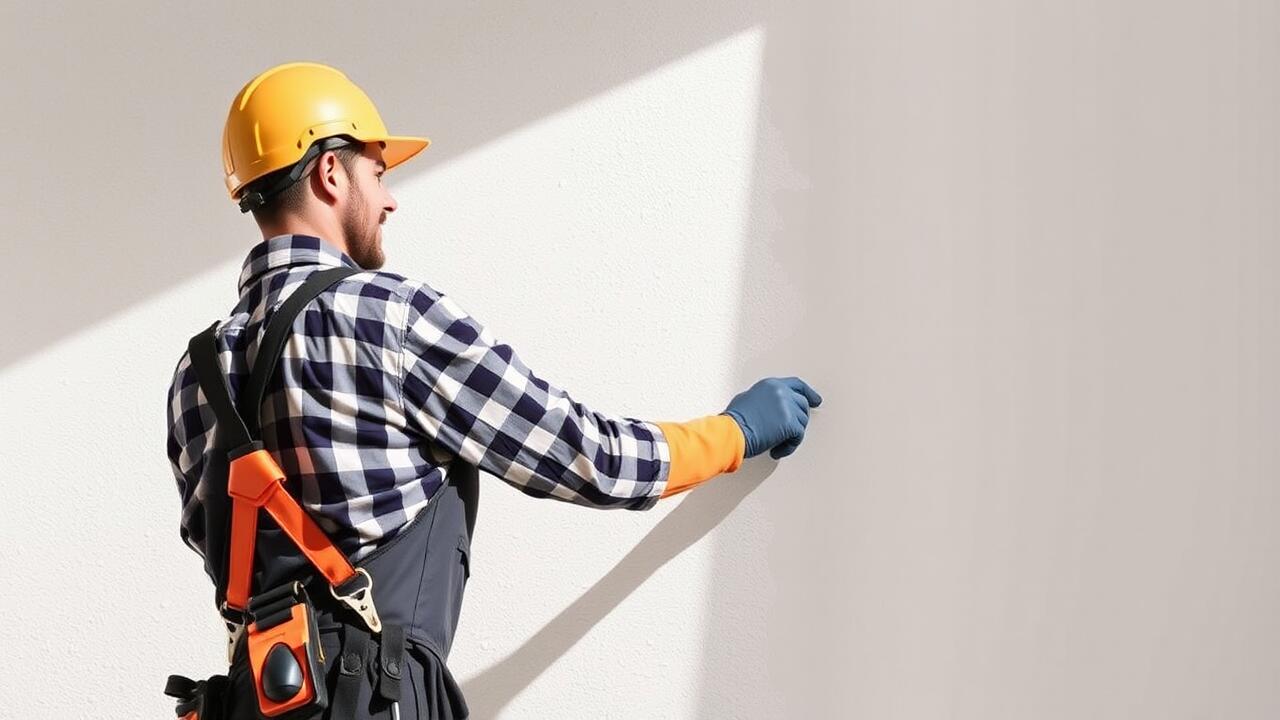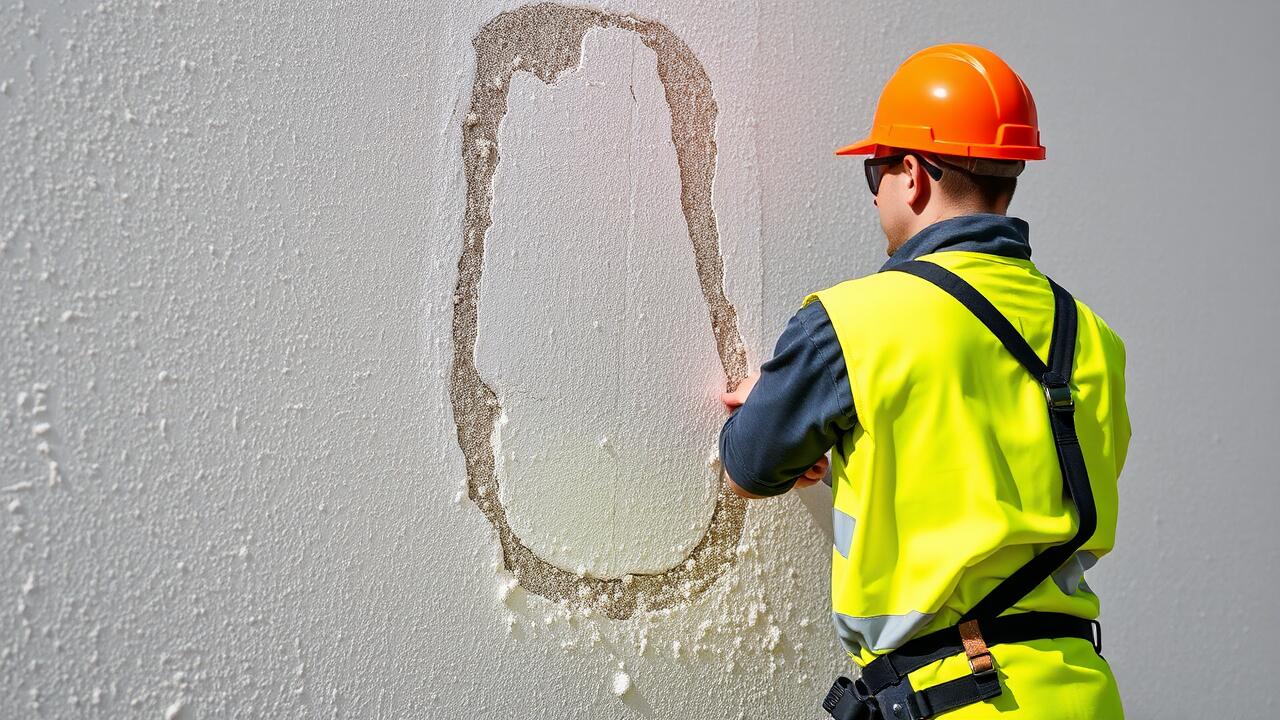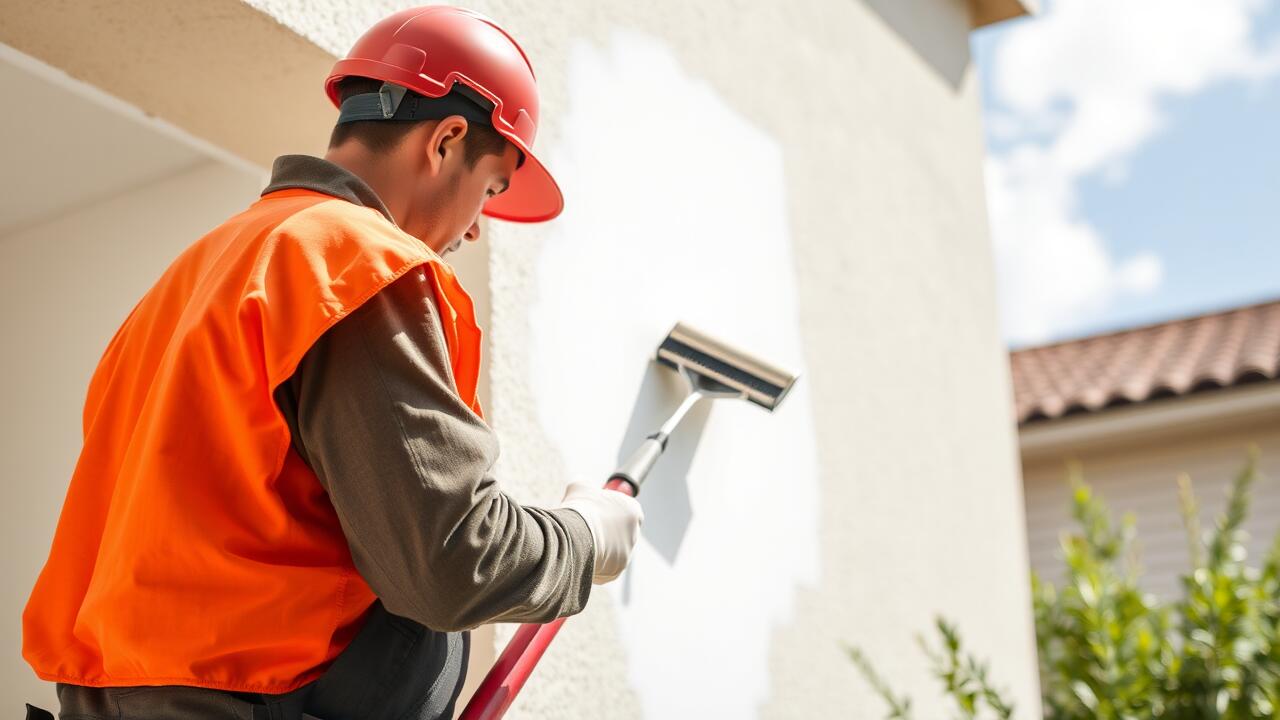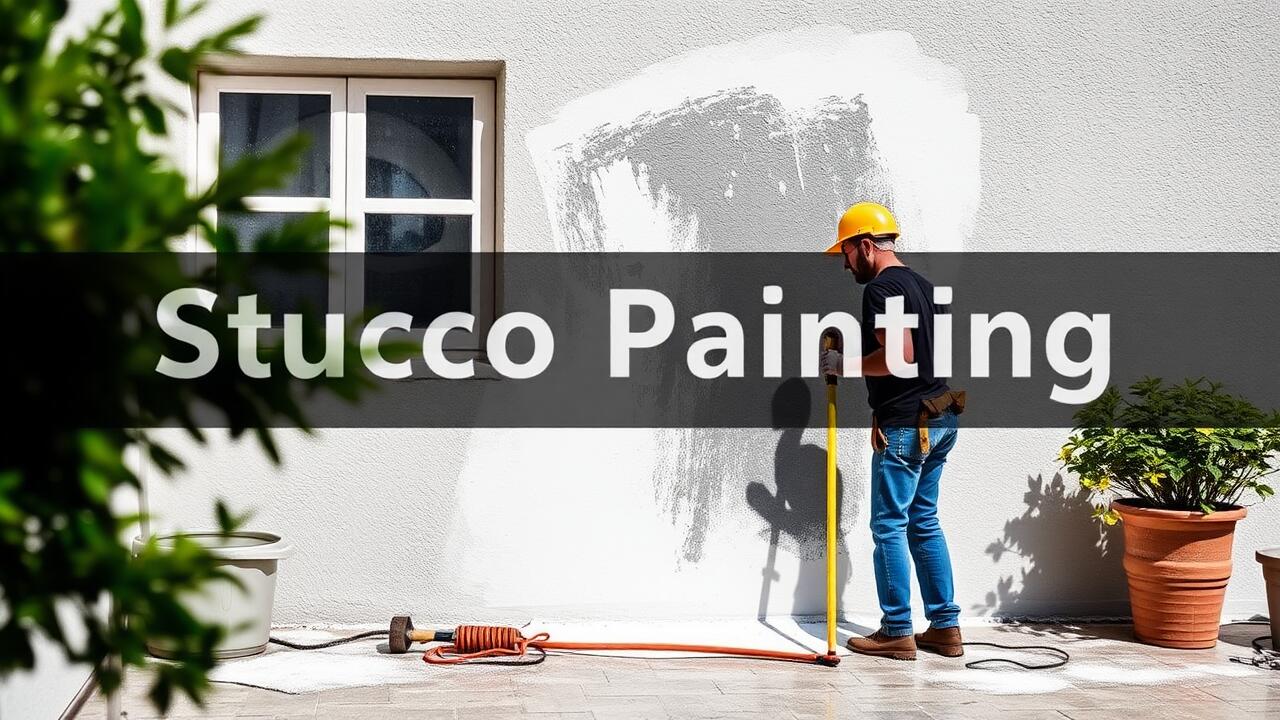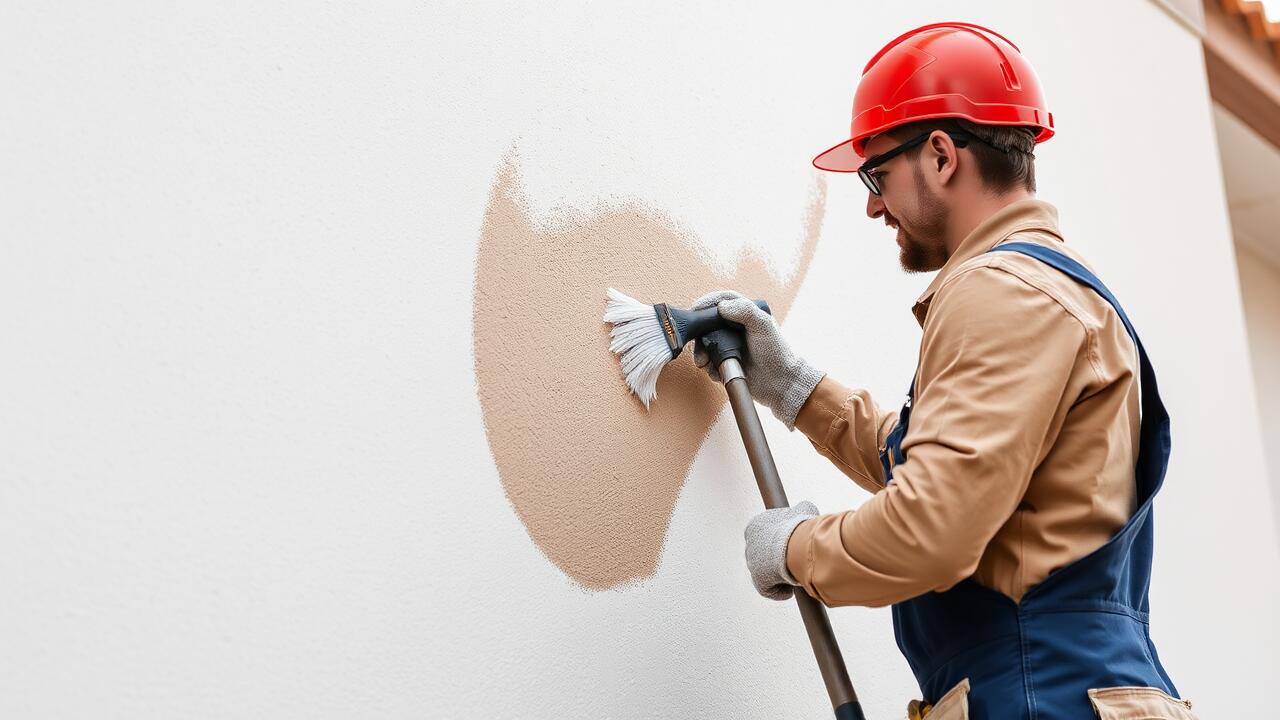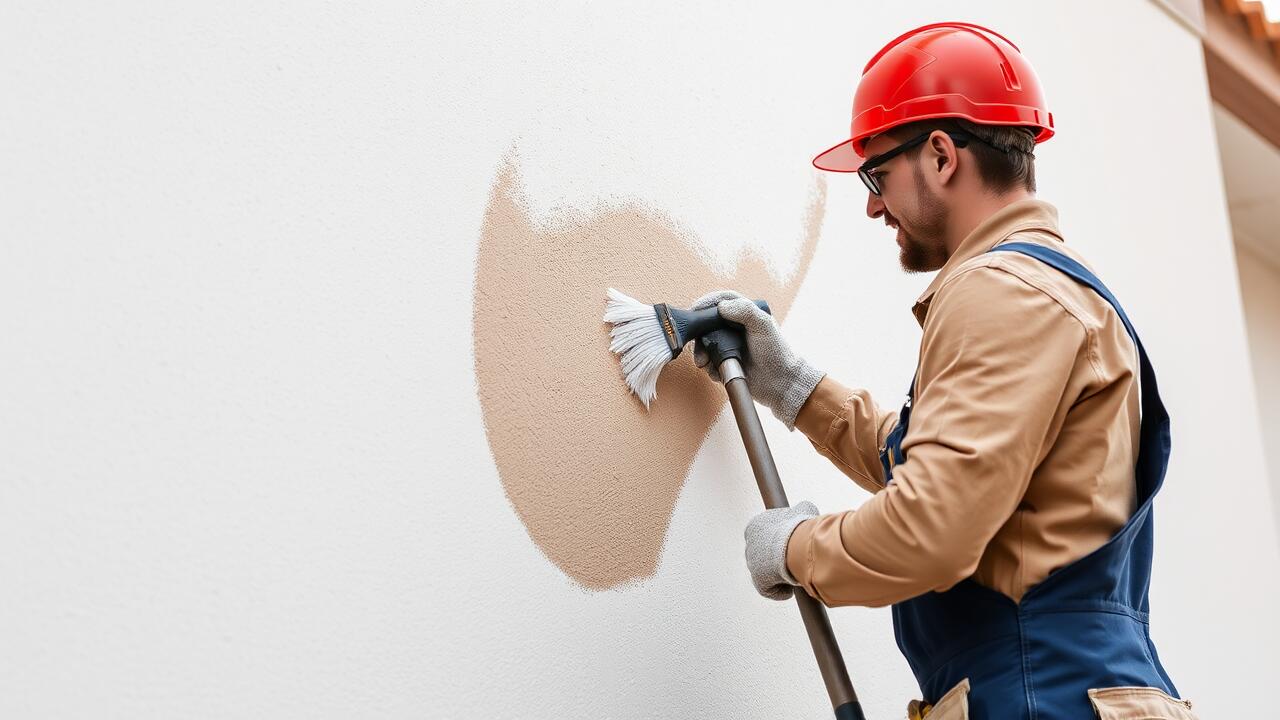
Choosing the Right Paint After Priming
Selecting the right paint after priming is crucial for achieving a durable and visually appealing finish on your stucco surface. Consider the environmental conditions of your location, as these can influence the type of paint you choose. For areas such as Venice, Los Angeles, where coastal weather can be a factor, opt for paints that offer excellent durability and resistance to moisture and salt. Acrylic latex paints are often recommended, as they provide flexibility and can withstand the natural expansion and contraction of stucco without cracking.
Another important aspect to consider is the finish of the paint. Matte and satin finishes are popular choices for stucco, but each has its own set of advantages. A satin finish can enhance the texture while offering better washability, making it practical for areas prone to dirt or grime. For those engaged in Stucco Painting in Venice, Los Angeles, it’s beneficial to select a paint that complements the local architecture and style, ensuring the final result is not only functional but visually harmonious with the surroundings.
Factors to Consider When Selecting Paint
Selecting the right paint for primed stucco surfaces requires attention to several key factors. The type of finish can dramatically impact both aesthetics and durability. A flat finish may conceal imperfections but may not hold up well against moisture, while a satin or semi-gloss finish can provide better protection and easier cleaning. In environments like West Adams, Los Angeles, where weather conditions can vary, ensuring the chosen paint is suited for the local climate is essential.
Another important consideration is the paint's formulation. High-quality acrylic paints are often preferred for stucco due to their breathability and flexibility. This is especially relevant for stucco painting in West Adams, Los Angeles, as it allows for the natural expansion and contraction of the surface. It’s also advisable to look for paints with mildew-resistant properties, given the potential for mold growth in humid weather, ensuring long-lasting results and maintaining the aesthetic appeal of the home.
Best Techniques for Painting Over Primed Stucco
When it comes to painting over primed stucco, selecting the right tools is essential for achieving a smooth finish. A high-quality paint sprayer often produces the most even coat, particularly on textured surfaces like stucco. For those who prefer a brush or roller, using a thick nap roller works well to ensure that the paint gets into all the crevices while maintaining coverage. To achieve the best results, always start at the top and work your way down, allowing any drips to be taken care of as you go.
In the context of specific locations, such as Stucco Painting in West Adams, Los Angeles, it’s important to consider the local climate when choosing your technique. Warmer temperatures may speed up drying times, which can lead to uneven application if not monitored closely. Alternatively, working in the cooler parts of the day can extend the working time and allow for better blending between coats. Keeping these factors in mind will help in executing a professional-grade finish on your primed stucco surface.
Methods for Even and Smooth Application
Achieving an even and smooth application when painting over primed stucco requires careful preparation and technique. Start by using high-quality tools, such as a synthetic brush or a roller specifically designed for textured surfaces. These tools help distribute paint evenly without leaving behind any unsightly lines or clumps. For larger areas, a sprayer can be effective, but it’s important to practice on a scrap piece to master the technique before tackling the main surface. Always work in manageable sections to ensure that the paint does not dry before you can blend it smoothly.
When applying paint, begin from the top of the wall and work your way down. This method minimizes drips and allows you to maintain a consistent look throughout the application. Be sure to use long, even strokes and avoid overloading your brush or roller with paint. For those considering stucco painting in Venice, Los Angeles, it’s crucial to account for the local climate which can affect drying times. Consider painting on a cooler day to allow for more time to work with the paint, ensuring a flawless finish that enhances the texture of the stucco.
Common Mistakes to Avoid When Priming
Properly preparing stucco surfaces is crucial for achieving a flawless finish. One common mistake is skipping the cleaning process before priming. Dust, dirt, and moisture can interfere with primer adhesion. Ignoring these factors can lead to peeling and uneven texture after painting. Ensuring the surface is clean will enhance the overall look and longevity of the paint job.
Another frequent error is applying primer in unfavorable weather conditions. Extreme temperatures and high humidity levels can compromise the effectiveness of the primer. For those engaged in stucco painting in West Adams, Los Angeles, it is essential to check the local weather forecast before starting the priming process. This practice will help avoid issues related to improper curing and ensure a more durable finish.
Pitfalls That Can Affect the Final Finish
When it comes to priming stucco surfaces, several common pitfalls can compromise the final finish. One of the most frequent mistakes is applying primer under unfavorable weather conditions. Humidity and temperature fluctuations can lead to improper adhesion and uneven drying, which can affect how the paint sits on the surface. In a region like Venice, Los Angeles, local climate factors can significantly influence the outcome of your project.
Another mistake involves neglecting to properly prepare the stucco before priming. If the surface is not clean, or if there's residue from previous coatings, the primer won’t adhere correctly. Professional painters often emphasize the importance of thorough cleaning and repairs, as any existing damage can become more pronounced after painting. Ensuring that the surface is in top condition will contribute to a more durable and visually appealing finish for your stucco painting in Venice, Los Angeles.
FAQS
Why is it important to prime stucco before painting?
Priming stucco helps to create a uniform surface, enhances paint adhesion, and prevents issues like peeling and blistering, ensuring a longer-lasting finish.
What type of primer should I use for stucco?
Use a high-quality, acrylic-based primer specifically designed for masonry or stucco surfaces to ensure optimal adhesion and durability.
How long should I wait after priming before I paint?
It's recommended to wait at least 24 hours after priming before applying paint, but check the manufacturer's instructions for specific drying times.
Can I skip priming if I'm using a paint and primer in one?
While paint and primer in one can be convenient, skipping priming is not recommended for stucco, as a dedicated primer provides better adhesion and overall results.
What are some common mistakes to avoid when priming stucco?
Common mistakes include not cleaning the surface properly, applying primer on a damp or dirty surface, and using incompatible products, which can compromise the final finish.
